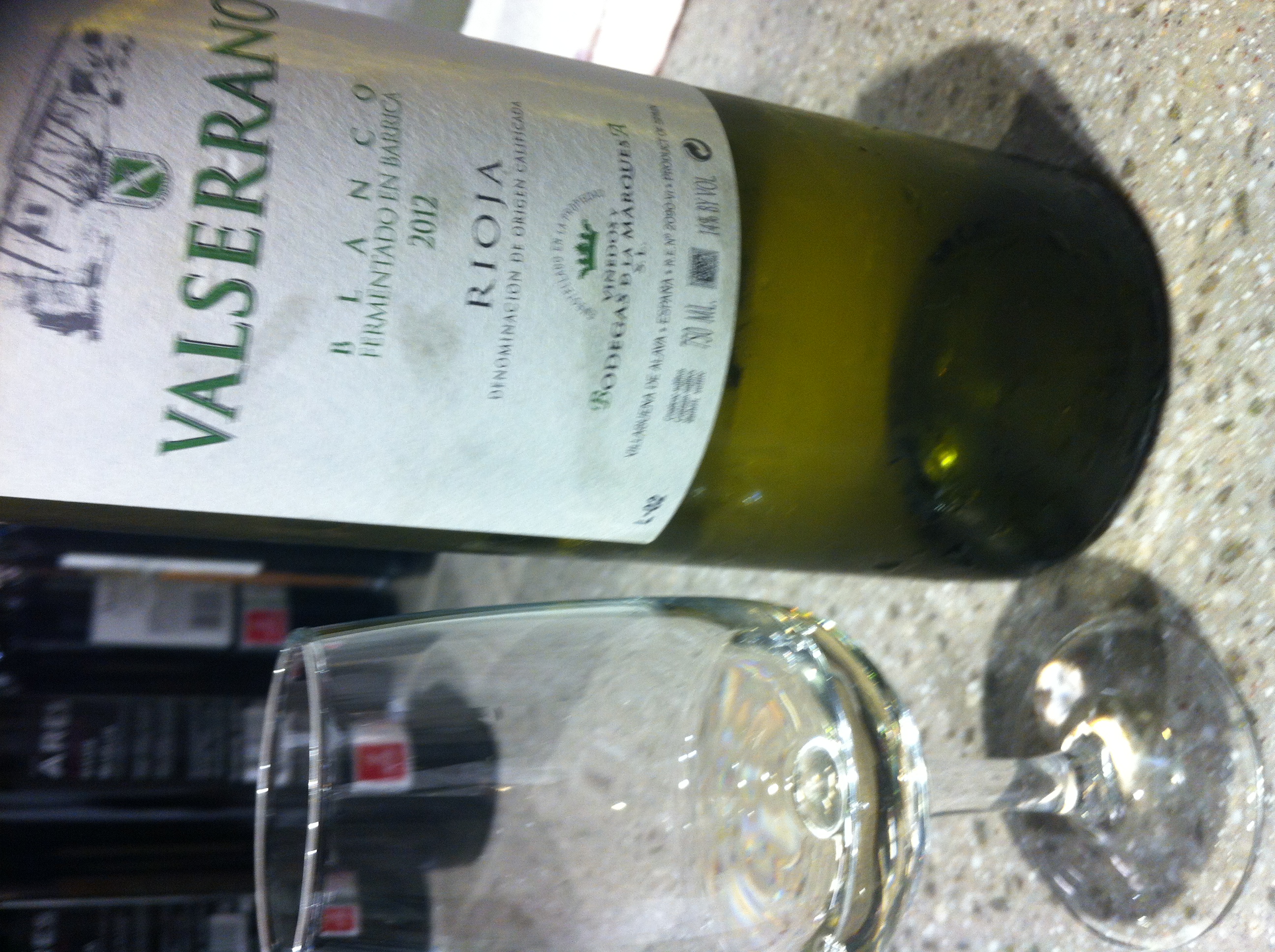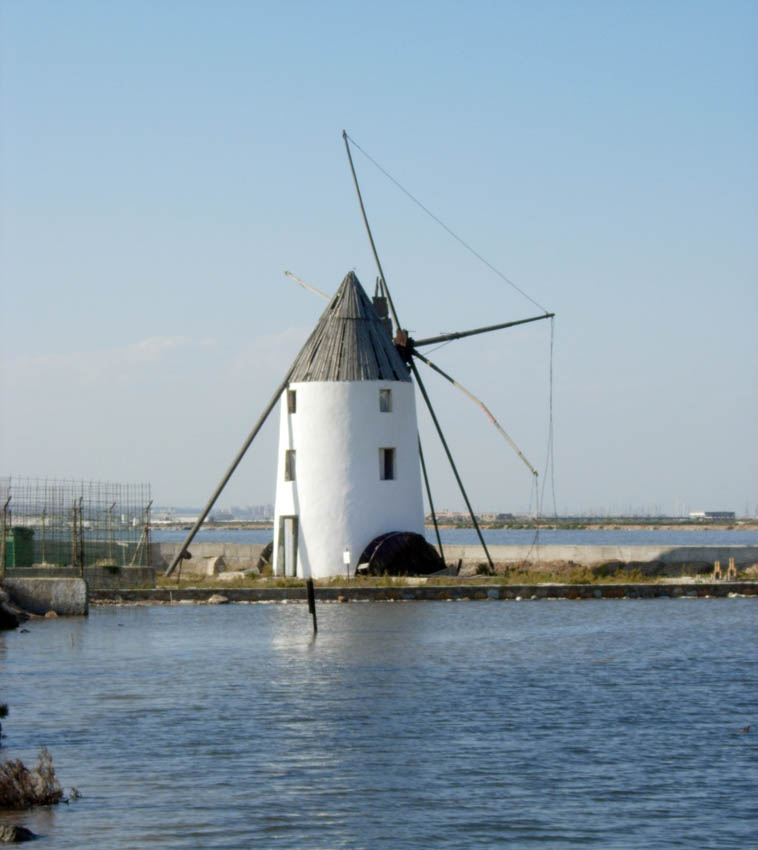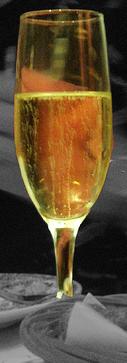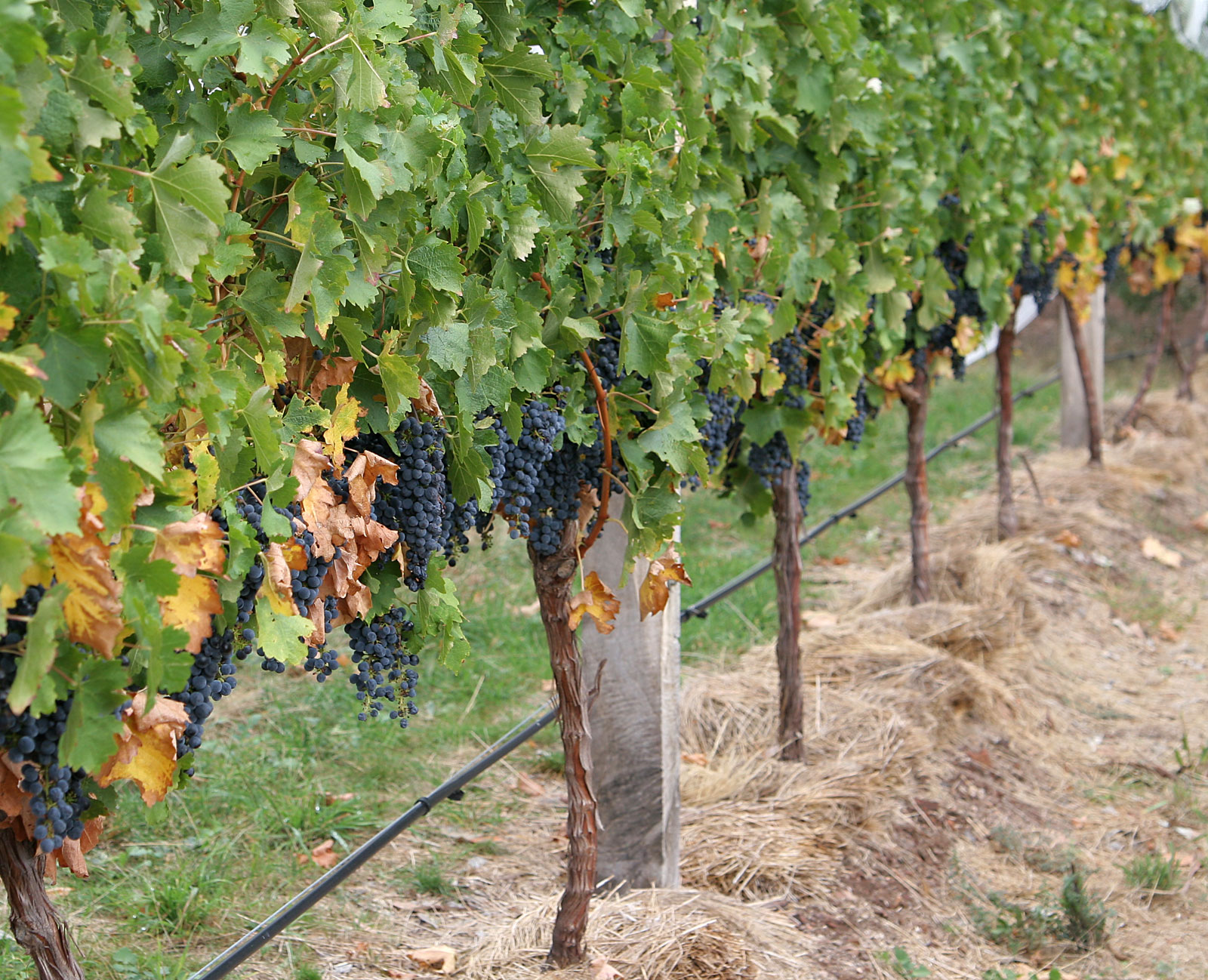|
Forcallat Tinta
Forcallat tinta is a red Spanish wine grape variety that is native to the Castile-La Mancha region of central Spain, as well as in Alicante and Valencia provinces in the Valencian Community. The name of the cultivar means "forked" in Valencian, which probably refers to the bunches having a wing or shoulder, rather than a tendency to produce forked vines as suggested by Favà. Xavier Favà i Agud. "Diccionari dels noms de ceps i raïms. L'ampelonímia catalana". Institut d'Estudis Catalans, 2001. It tends to produce pale-colored wines and is most often used as a minor blending component in '' Vino de la Tierra'' (VdlT) wines. It is an authorized variety in the Comunitat Valenciana, where it has become almost extinct and only a few wine makers like Rafael Cambra are making efforts to recover it, with interesting proposals like La forcallà d'Antònia. Extant plots are found in Fontanars dels Alforins, La Font de la Figuera, Villena and probably Moixent, though the cultivar was ... [...More Info...] [...Related Items...] OR: [Wikipedia] [Google] [Baidu] |
Spanish Wine
Spanish wine () includes red, white, and sparkling wines produced throughout the country. Located on the Iberian Peninsula, Spain has over 1.2 million hectares (2.9 million acres) planted in wine grapes, making it the most widely planted wine-producing nation,K. MacNeil ''The Wine Bible'' pg 410-422 Workman Publishing 2001 but the second largest producer of wine in the world, behind Italy and ahead of France and the United States. This is due, in part, to the very low yields and wide spacing of the old vines planted on the dry soils found in some of the Spanish wine regions. The country is ninth in worldwide consumption with Spaniards drinking, on average, 21.6 litres (5.7 US gal) per person a year. The country has an abundance of native grape varieties, with over 400 varieties planted throughout Spain, though 88 percent of the country's wine production is from only 20 grapes — including the reds Tempranillo, Bobal, Garnacha, and Monastrell; the whites Alba ... [...More Info...] [...Related Items...] OR: [Wikipedia] [Google] [Baidu] |
Forcallat Blanca
Forcallat tinta is a red Spanish wine grape variety that is native to the Castile-La Mancha region of central Spain, as well as in Alicante and Valencia provinces in the Valencian Community. The name of the cultivar means "forked" in Valencian, which probably refers to the bunches having a wing or shoulder, rather than a tendency to produce forked vines as suggested by Favà. Xavier Favà i Agud. "Diccionari dels noms de ceps i raïms. L'ampelonímia catalana". Institut d'Estudis Catalans, 2001. It tends to produce pale-colored wines and is most often used as a minor blending component in '' Vino de la Tierra'' (VdlT) wines. It is an authorized variety in the Comunitat Valenciana, where it has become almost extinct and only a few wine makers like Rafael Cambra are making efforts to recover it, with interesting proposals like La forcallà d'Antònia. Extant plots are found in Fontanars dels Alforins, La Font de la Figuera, Villena and probably Moixent, though the cultivar was o ... [...More Info...] [...Related Items...] OR: [Wikipedia] [Google] [Baidu] |
Campo De Cartagena
Campo de Cartagena, is a natural region (comarca) located in the Region of Murcia, in Spain. For administrative purposes, it is also known, as Comarca del Campo de Cartagena or Comarca de Cartagena. It is located in the southeast of the Iberian Peninsula, forming a plain which extends from the Sierra de Carrascoy to the Mediterranean. The capital city is Cartagena, the most important Naval Base of the Spanish Navy in the Mediterranean Sea. The comarca contains 393,598 inhabitants (2019) in an area of 1,481.8 km², making up the metropolitan area of Cartagena, a center for tourism, culture, industry and nature, with more than 18,500 protected hectares, among places like the Calblanque, Monte de las Cenizas y Peña del Águila Natural Park; the Sierra de la Muela, Cabo Tiñoso and Roldán Natural Park; Salinas y Arenales de San Pedro del Pinatar or Islas e Islotes del Litoral Mediterráneo (Islands and Islets of the Mediterranean Shore), among others. Beside those places, it ... [...More Info...] [...Related Items...] OR: [Wikipedia] [Google] [Baidu] |
Airén
Airén is a variety of ''Vitis vinifera'', a white grape commonly used in winemaking. This grape is native to Spain where it represents almost a quarter of all grapes grown. As of 2010, Airén was estimated to be the world's 3rd most grown grape variety in terms of planted surface, at , down from in 2004, where it held 1st place, although it is almost exclusively found in Spain.J. Robinson (ed) ''The Oxford Companion to Wine'' Third Edition, Oxford University Press 2006, pg. 746: ''"Vine varieties"'', Since Airén tends to be planted at a low density, several other varieties (including Cabernet Sauvignon and Merlot) are more planted in terms of number of vines. Description The grapes have a cotton-like bud burst, which is bronze or yellowish in colour, with light reddish edge, and not very intense at the tip. The grapes have a trailing growing habit. The leaves of the Airén are average in size and have a pentagonal shape. The lower lateral sinuses are less marked than the up ... [...More Info...] [...Related Items...] OR: [Wikipedia] [Google] [Baidu] |
Palomino (grape)
Palomino Fino is a white grape widely grown in Spain and South Africa, and best known for its use in the manufacture of sherry. It is also grown in the Douro region of Portugal where it is used for table and fortified wines. Wine regions In Spain, the grape is split into the sub-varieties Palomino Fino, Palomino Basto, and Palomino de Jerez, of which Palomino Fino is by far the most important, being the principal grape used in the manufacture of sherry. The wine formed by fermentation of the grape is low in both acidity and sugar which, whilst suitable for sherry, ensures that any table wine made from it is of a consistently low quality, unless aided by acidification. It is the fourth most common white grape variety grown in Spain, with in 2015. There are substantial plantings in Andalusia for sherry production, and it is also widely grown on the Canary Islands, and in Galicia. In France, it is referred to as Listán, and in South Africa as Fransdruif or White French. It ... [...More Info...] [...Related Items...] OR: [Wikipedia] [Google] [Baidu] |
Verdejo
Verdejo is a variety of wine grape that has long been grown in the Rueda region of Spain. The grape originated in North Africa, and was spread to Rueda in about the 11th Century, possibly by Mozarabs. Verdejo was generally used to make a strongly oxidized, Sherry-like wine. In the Mid-20th Century, Verdejo almost became extinct, had it not been for the local winegrower Ángel Rodríguez Vidal (Bodega Martinsancho), who opted for this variety and contributed to re-establishing its prominence in the region. In the 1970s, the winemaking company Marqués de Riscal began to develop a fresher style of white wine based on Verdejo with the help of French oenologist Émile Peynaud.Asimov, Eric (2008)"Wines of the Times: Emerging, in Spain, to Warm Applause" ''The New York Times'', March 5, 2008. Online version retrieved 2008-03-07. In 1980, white wines from the Rueda region were recognized by a Denominación de Origen (DO). Wines labeled ''Rueda'' must contain 50% Verdejo; the remaind ... [...More Info...] [...Related Items...] OR: [Wikipedia] [Google] [Baidu] |
Macabeo
Macabeo, also called Viura or Macabeu (, ), is a white variety of wine grape. It is widely grown in the Rioja region of northeastern Spain, the Cava producing areas south of Barcelona, and the Languedoc-Roussillon region of France. Spanish plantations stood at nearly in 2015, making it the second most grown white grape variety in Spain. In France, plantations accounted for in 2007. Since 2009, some Macabeo is grown in Israel. Styles and winemaking  The grape is mostly used to make mildly acidic and young white wines mostly suitable for early co ...
The grape is mostly used to make mildly acidic and young white wines mostly suitable for early co ...
[...More Info...] [...Related Items...] OR: [Wikipedia] [Google] [Baidu] |
Cava Wine
''Cava'' (, plural ''cavas'') is a sparkling wine of '' Denominación de Origen'' (DO) status from Spain. It may be white (''blanco'') or rosé (''rosado''). The Macabeo, Parellada and Xarel·lo are the most popular and traditional grape varieties for producing cava. Only wines produced in the traditional method may be labelled "cava"; those produced by other processes may only be called "sparkling wines" (''vinos espumosos''). About 95% of all cava is produced in the Penedès area in Catalonia, Spain, with the village of Sant Sadurní d'Anoia being home to many of the largest Catalan production houses. The two major producers are Codorníu and Freixenet. Cava is also produced in other villages in Aragon, Castile and León, Extremadura, La Rioja, Basque Country, Navarre and Valencia. Marketing Cava as "Spanish champagne" is no longer permitted under European Union law, since Champagne has a Protected Geographical Status (PGS). Colloquially it is still called ''champán'' ... [...More Info...] [...Related Items...] OR: [Wikipedia] [Google] [Baidu] |
Canopy (vine)
In viticulture, the canopy of a grapevine includes the parts of the vine visible aboveground - the trunk, cordon, stems, leaves, flowers, and fruit. The canopy plays a key role in light energy capture via photosynthesis, water use as regulated by transpiration, and microclimate of ripening grapes. Canopy management is an important aspect of viticulture due to its effect on grape yields, quality, vigor, and the prevention of grape diseases. Various viticulture problems, such as uneven grape ripening, sunburn, and frost damage, can be addressed by skillful canopy management.Weiss, S.B., D.C. Luth, and B. Guerra. 2003. Potential solar radiation in a VSP trellis at 38°N latitude. ''Practical Winery and Vineyard'' 25:16-27. In addition to pruning and leaf trim, the canopy is often trained on trellis systems to guide its growth and assist in access for ongoing management and harvest.J. Robinson (ed) ''"The Oxford Companion to Wine"'' Third Edition pp. 134-135 Oxford University Pre ... [...More Info...] [...Related Items...] OR: [Wikipedia] [Google] [Baidu] |
Growing Season (vine)
The annual growth cycle of grapevines is the process that takes place in the vineyard each year, beginning with bud break in the spring and culminating in leaf fall in autumn followed by winter dormancy. From a winemaking perspective, each step in the process plays a vital role in the development of grapes with ideal characteristics for making wine. Viticulturalists and vineyard managers monitor the effect of climate, vine disease and pests in facilitating or impeding the vine's progression from bud break, flowering, fruit set, veraison, harvesting, leaf fall and dormancy-reacting if need be with the use of viticultural practices like canopy management, irrigation, vine training and the use of agrochemicals. The stages of the annual growth cycle usually become observable within the first year of a vine's life. The amount of time spent at each stage of the growth cycle depends on a number of factors-most notably the type of climate (warm or cool) and the characteristics of the grap ... [...More Info...] [...Related Items...] OR: [Wikipedia] [Google] [Baidu] |
Harvested (wine)
The harvesting of wine grapes (Vintage) is one of the most crucial steps in the process of wine-making. The time of harvest is determined primarily by the ripeness of the grape as measured by sugar, acid and tannin levels with winemakers basing their decision to pick based on the style of wine they wish to produce. The weather can also shape the timetable of harvesting with the threat of heat, rain, hail, and frost which can damage the grapes and bring about various vine diseases. In addition to determining the time of the harvest, winemakers and vineyard owners must also determine whether to use hand pickers or mechanical harvesters. The harvest season typically falls between August & October in the Northern Hemisphere and February & April in the Southern Hemisphere. With various climate conditions, grape varieties, and wine styles the harvesting of grapes could happen in every month of the calendar year somewhere in the world. In the New World it is often referred to as the ''c ... [...More Info...] [...Related Items...] OR: [Wikipedia] [Google] [Baidu] |







